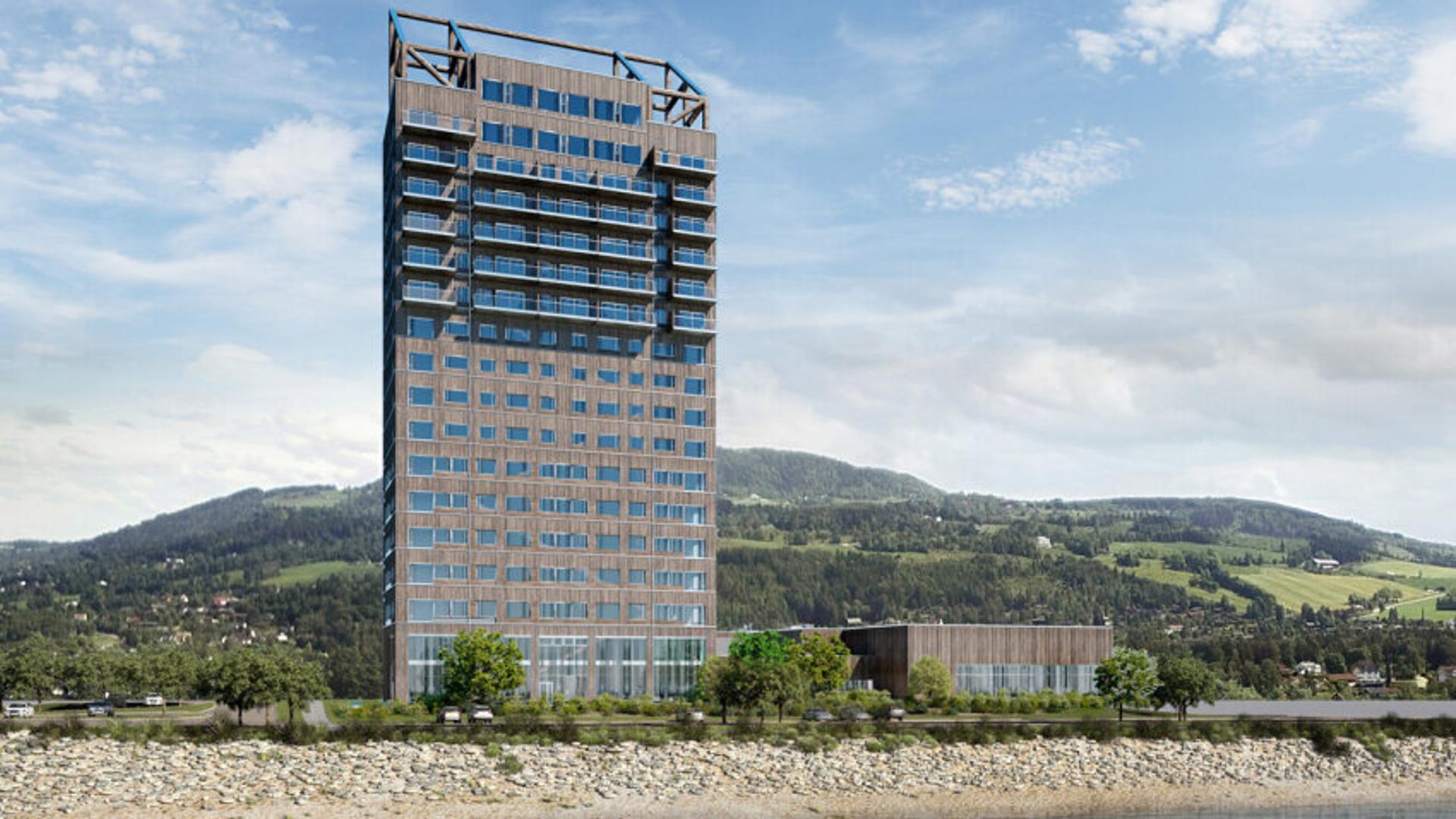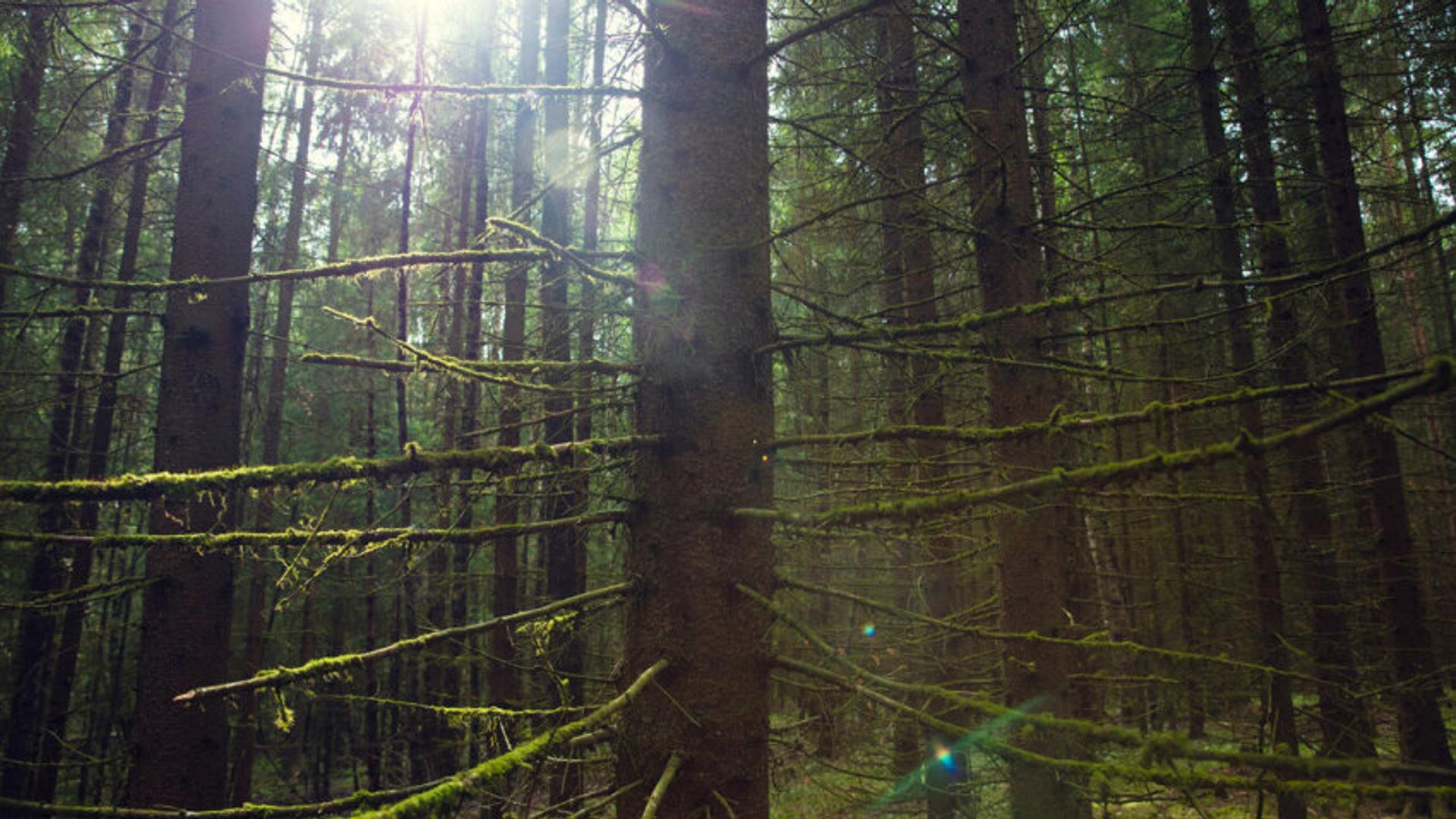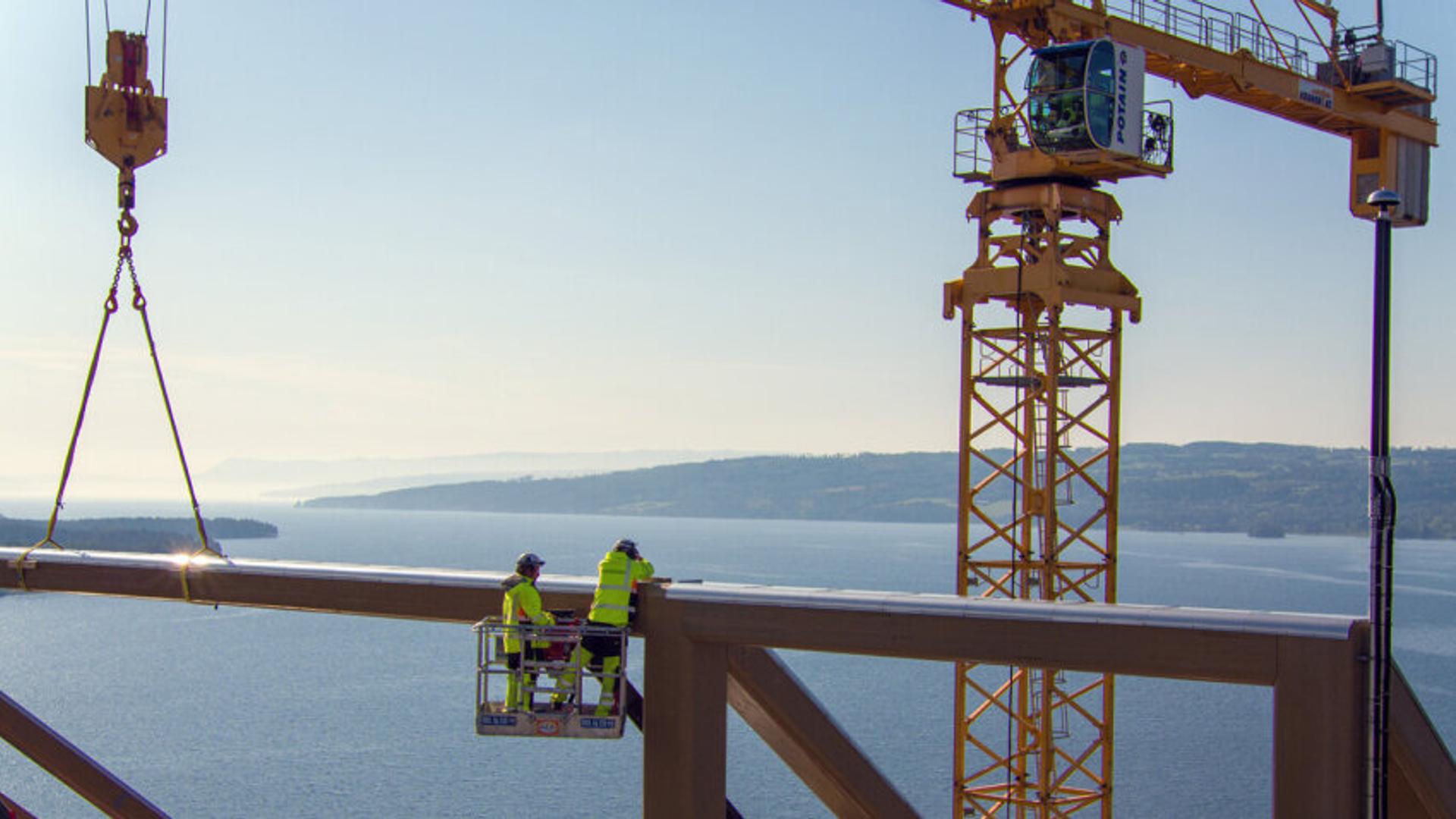Norway is home to the world’s second tallest timber building

Norway is an extended, sparsely populated country. Traditionally, there has not been much of a need to build skyscrapers to save valuable urban space. Yet, Norway stands out when it comes to innovative signature buildings. And now the country is home to what was the world’s tallest timber building, until it was surpassed by Ascent MKE in August 2022.
The town of Brumunddal is located two hours north of Oslo and has a population of 10 000. It boasts one of the most environment-friendly tall buildings on the planet.
Called Mjøstårnet (Mjøsa Tower) after nearby Lake Mjøsa, the building is 85.4 metres high – about eight metres shorter than the Statue of Liberty in New York. The groundbreaking tower is proof that it is possible to construct tall buildings with local resources. Moelven Limtre, which delivered the timber building materials, is headquartered only several kilometres to the north.

Mjøstårnet was opened in March 2019, after two years of construction. The 18-storey building looks out over an idyllic landscape and Norway’s largest lake. It houses four storeys of office space, 33 flats, a 72-room hotel, a restaurant and a common rooftop terrace. An indoor municipal swimming pool was built next door, also in wood.
There is very little concrete and steel to be seen. Concrete has only been used in the foundation, in the floor of the first storey and in the uppermost storeys. Steel is only used in the beam bindings. Otherwise the building is primarily constructed of Norway spruce.

Strong, eco-friendly glulam beams
Steel and concrete are good building materials, but have a high environmental cost. Together, global steel and concrete production accounts for nearly one sixth of the world’s carbon emissions. Using timber as a building material cuts these emissions dramatically.
The manufacture of steel beams, for example, takes about two to three times more energy and six to 12 times more fossil fuels than the manufacture of glulam beams. And as opposed to all other building materials, wood is 100 per cent renewable. Moreover, timber-based products can even “lock in” the carbon absorbed by the tree they were made from.
Wood is definitely the winner when it comes to the climate, but can it compete when it comes to structural integrity?
Mjøstårnet is proof that timber is just as versatile as it is climate-friendly. The tower is constructed primarily of glulam, which is composed of small sheets of spruce bonded together with structural adhesives to form columns and beams. Glulam stands up to extreme weather and earthquakes, and tests show that it is as resistant to fire as concrete.
A number of studies also indicate that timber buildings promote good health. They improve indoor air quality, and the aesthetic and physical properties of wood help to relieve stress. Many people also think wood looks better, and harmonises well with its surroundings.

Innovative prefabricated construction
Mjøstårnet was built using the prefabricated construction method, in which most elements or modules of the structure are prefabricated at plants, then transported to the construction site for installation. The work at the site involves putting these elements together correctly – more like a giant Lego or IKEA project than a traditional construction project. It is a cost-efficient, environment-friendly method which reduces waste of materials, facilitates reuse and saves energy at the building site itself.
Once the foundation is laid, buildings are traditionally constructed one storey at a time, using external scaffolding. Mjøstårnet, on the other hand, was assembled four storeys at a time. The glulam structure was assembled on the ground next to the building, before being hoisted up and in. The floor slabs were then hoisted into place. Only internal scaffolding was used.
Tall, majestic and good for people and the environment: Mjøstårnet represents a step into the future for the construction industry.

Mjøstårnet at a glance
- Located by picturesque Lake Mjøsa.
- Constructed of environment-friendly glulam.
- Mainly prefabricated.
- Contains flats, a hotel, restaurant and rooftop terrace.
- Designed by Voll Arkitekter AS and built by Hent AS, with Moelven Limtre AS as a subcontractor and materials supplier.
- Certified by the Council on Tall Buildings and Urban Habitat in 2019 as the world’s tallest timber building, before being surpassed by Ascent MKE in August 2022.
